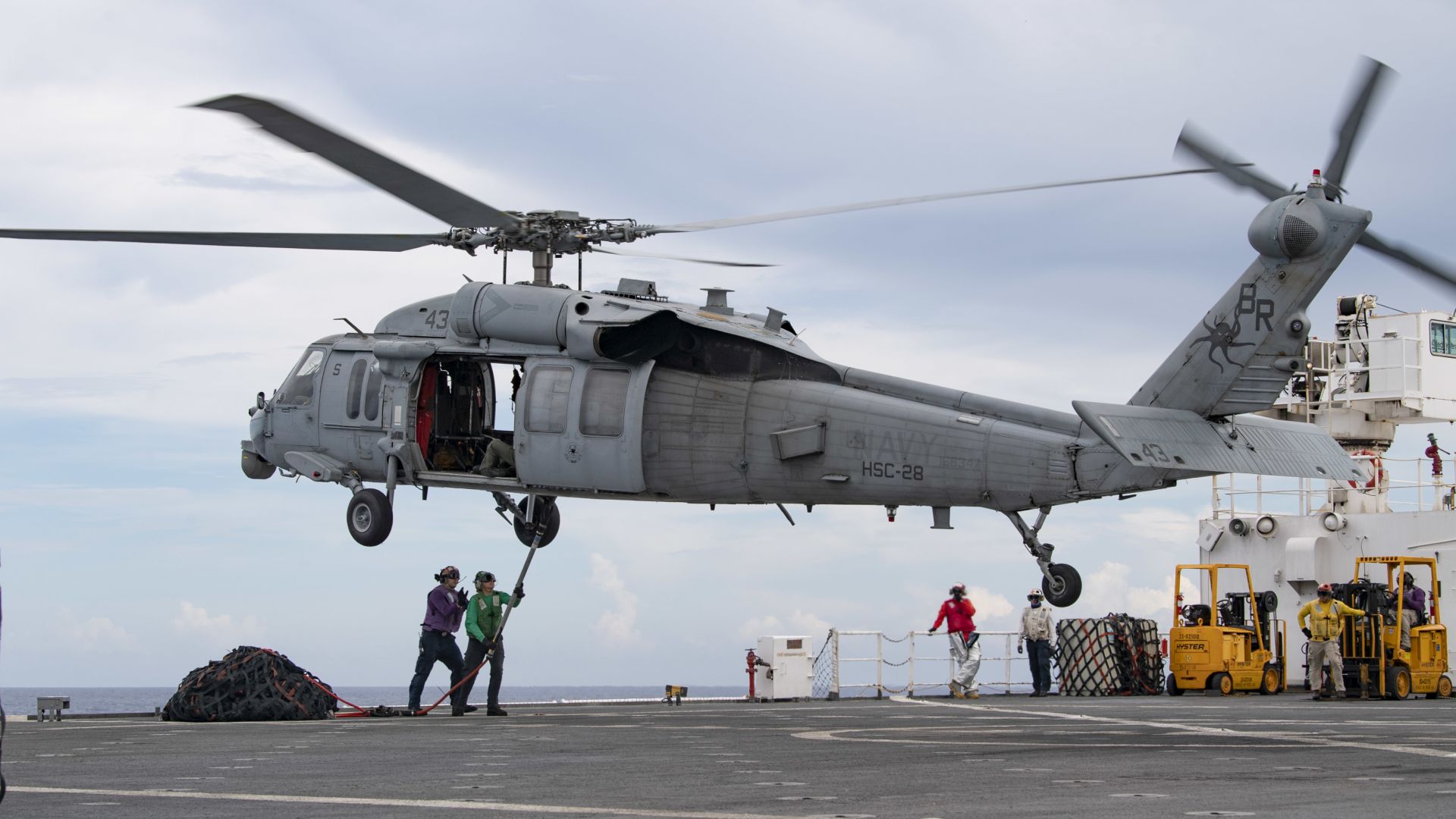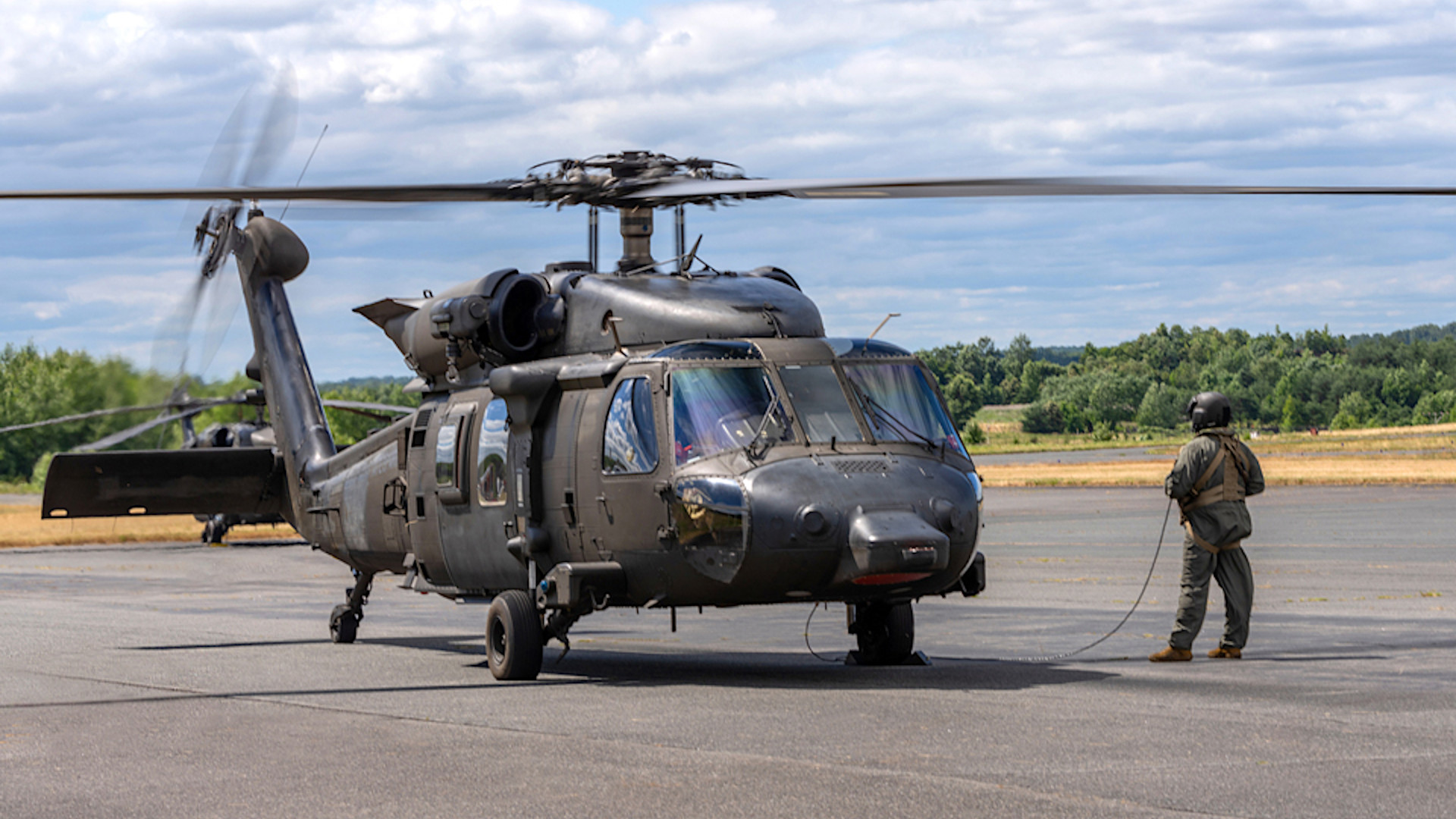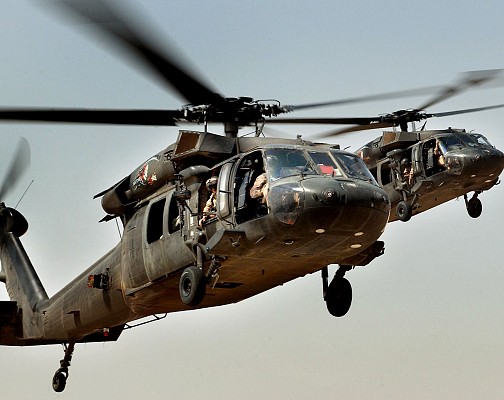UH 60 Black Hawk Helicopter: Enhancing Military Efficiency and Air Mobility
UH 60 Black Hawk Helicopter: Enhancing Military Efficiency and Air Mobility
Blog Article
Everything You Required to Understand About the UH 60 Helicopter
The UH-60 helicopter, a cornerstone of United state Army aeronautics since its launching in 1979, represents an impressive mix of engineering and operational flexibility. As army requirements advance, so also does the helicopter, with recurring developments aimed at boosting its abilities and integrating modern-day technologies.
Background of the UH-60
Created in the late 1970s, the UH-60 Black Hawk helicopter became a reaction to the united state Army's requirement for a versatile utility helicopter that can carry out a variety of missions under difficult conditions. The incentive for its style was the drawbacks identified in the earlier helicopters made use of throughout the Vietnam Battle, specifically in regards to ability to move, survivability, and speed.
The Black Hawk was designed by Sikorsky Aircraft, incorporating sophisticated innovations and materials to improve its performance and resilience. It was formally introduced right into service in 1979, quickly coming to be a critical property for army procedures - uh 60. Its ability to carry troops, clinical evacuation, and logistical assistance in both battle and altruistic missions made the Black Hawk a very useful component of the U.S. Army's aeronautics fleet
Throughout the years, the UH-60 has been continuously updated, adjusting to the transforming nature of warfare and the advancing demands of modern-day armed forces operations. Its operational background includes engagement in major disputes, peacekeeping objectives, and calamity alleviation initiatives, solidifying its reputation as a effective and reliable helicopter in various environments worldwide.

Design and Specifications
The design of the UH-60 Black Hawk helicopter consistently shows a commitment to functional efficiency and convenience. Established by Sikorsky Aircraft, this medium-lift utility helicopter features a streamlined, wind resistant body that improves speed and ability to move. Its tandem rotor system, defined by two counter-rotating blades, lessens vibration and increases lift capability, permitting more secure operations in diverse environments.
The UH-60 is powered by two T700-GE-701C turboshaft engines, supplying a maximum rate of around 180 knots and a range of around 400 maritime miles. Its durable airframe is created from innovative composite materials, making certain durability while maintaining a fairly low weight. The helicopter has a maximum gross weight of concerning 22,000 pounds, supporting a versatile haul arrangement.

Duties and Objectives
A versatile system, the UH-60 Black Hawk helicopter serves a plethora of functions and missions within army operations. Developed mainly for army transportation, it can carrying approximately 11 Extra resources soldiers, making it a necessary property for rapid deployment and logistical support.
Along with troop transport, the UH-60 excels in clinical discharge (MEDEVAC) missions, geared up with sophisticated clinical tools to provide important care during transit. Its ability to operate in diverse environments enhances its efficiency in combat search and rescue (CSAR) procedures, where swift removal of workers is important.
The helicopter also plays a significant duty in reconnaissance and monitoring objectives, utilizing onboard sensors and equipment to gather knowledge. Its adaptability prolongs to logistical support, qualified of delivering materials and devices to onward running bases.
In combat procedures, the UH-60 can be furnished with different weapon systems, allowing it to give close air assistance. Its multi-role capacity makes the Black Hawk an essential tool for modern-day military pressures, adjusting seamlessly to the developing demands of combat zone situations and guaranteeing objective success across an array of functional contexts.
Performance and Capabilities
Understood for its robust efficiency, the UH-60 Black Hawk helicopter flaunts impressive capabilities that enhance its operational performance throughout various goals. uh 60. This multi-role aircraft is outfitted with powerful twin-engine Turbomeca Arriel 1D1 engines, supplying extraordinary rate and ability to move, with an optimum cruise ship rate of roughly 150 knots and a functional series of around 400 nautical miles
The Black Hawk's sophisticated avionics and fly-by-wire control systems substantially boost trip safety and handling, allowing it to run in diverse settings, consisting of damaging climate condition. Its flexibility is additional exemplified by its capacity to carry as much as 11 fully equipped troops or a payload of about 8,000 pounds, making it perfect for army transport, clinical emptying, and logistical assistance missions.
In Addition, the UH-60 is created for survivability, featuring strengthened airframes, ballistic defense for staff and passengers, and advanced countermeasure systems to escape risks. The helicopter's dexterity and speed, incorporated with its ability for fast deployment, make it an essential asset in modern-day military operations, ensuring that it remains a vital component of tactical air assistance and battlefield mobility.
Future Dope

One significant emphasis is the assimilation of innovative avionics systems, which will boost situational awareness through improved navigation and interaction capabilities. This consists of the prospective use expert system to help pilots in decision-making and goal planning.
Furthermore, future variants may integrate sophisticated products and design features a fantastic read to boost the helicopter's toughness and lower its radar signature, enhancing survivability in disputed settings.
The introduction of hybrid-electric propulsion systems is additionally coming up, aiming to boost gas performance and reduce logistical concerns. Such innovations can prolong operational variety and reduce the helicopter's environmental impact.

Verdict
The UH-60 helicopter stands for a considerable development in army air travel since its intro in 1979. The UH-60's withstanding existence underscores its important duty in contemporary army operations and highlights the recurring development of armed forces air travel innovation.
The UH-60 helicopter, a cornerstone of U.S. Military air travel given that its debut in 1979, stands for an exceptional mix of engineering and functional adaptability. As armed forces demands evolve, so also does the helicopter, with continuous innovations intended at improving its abilities and integrating modern-day innovations.The style of the UH-60 Black Hawk helicopter consistently mirrors a dedication to operational performance and versatility. Developed by Sikorsky Airplane, this medium-lift utility helicopter includes a sleek, wind resistant fuselage that improves speed and ability to move.The UH-60 helicopter represents a significant advancement in armed forces air travel given that its intro in 1979.
Report this page